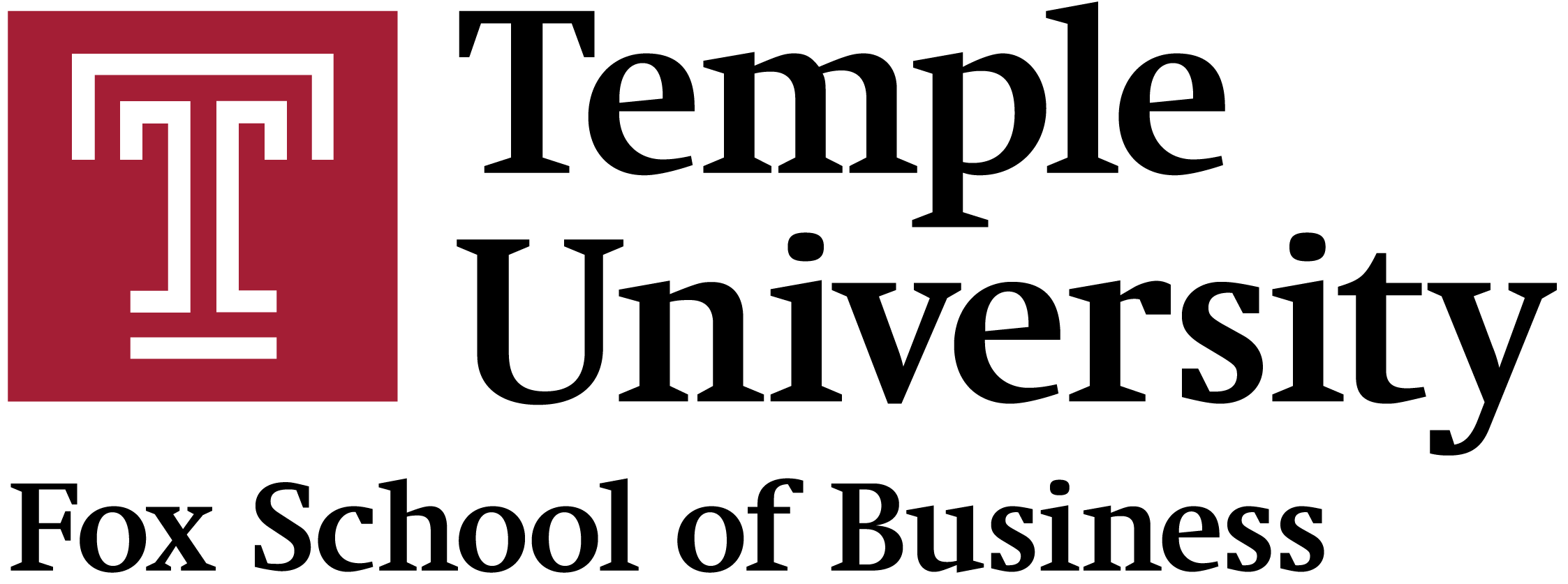Emerging Tech in Health Sciences: Shared Perspectives
I attended “Emerging Tech in Health Sciences: Shared Perspectives”, an event hosted by Temple’s Health Sciences Libraries’ Innovation Space. Even though the topics were rooted in medicine and design, the whole session kept circling back to something I think about a lot in tech: how people actually use tools, and how good design can remove friction. One of the most interesting parts was hearing Dr. Maitland Wiren explain how he built his own ultrasound training models using a 3D scanner, a printer, and $50 gel from Amazon. Commercial versions cost close to a thousand dollars, so the fact that he can make something reusable and realistic for a fraction of the price really stuck with me. It was a great example of the build vs. buy decision, but in a medical setting. A medical student, Wassy Jalal, talked about using Organon VR to study anatomy. His description felt very candid, in how cadaver lab can be imprecise or overcrowded, and how VR let him isolate structures, rotate them, or even take them apart and rebuild them. I liked his point that the digital environment sometimes gives cleaner, more consistent information than the physical one. Dr. Bettina Buttaro showed 3D-printed biofilms used to teach antibiotic resistance. What I liked about her approach was how many different disciplines were involved, including microbiology, math, 3D modeling, the makerspace. It felt like a real example of different specialties working together instead of staying in their own lanes. The last presentation, from architecture professor Na Wei, was probably the most unexpected. She’s using VR scenes, sensors, and 360 degree video to study how people emotionally react to different spaces. Her long-term plan is to feed that data into AI tools to help guide future design decisions. The way she tied people’s reactions to actual design choices made the whole project feel surprisingly relevant to how technology teams think about user experience. Overall, the event made it easy to see how much impact relatively accessible tech, like VR headsets, 3D printing, scanning, can have when people actually experiment with it. It also reminded me that innovation usually comes from combining skills across fields, not just improving one tool in isolation.

